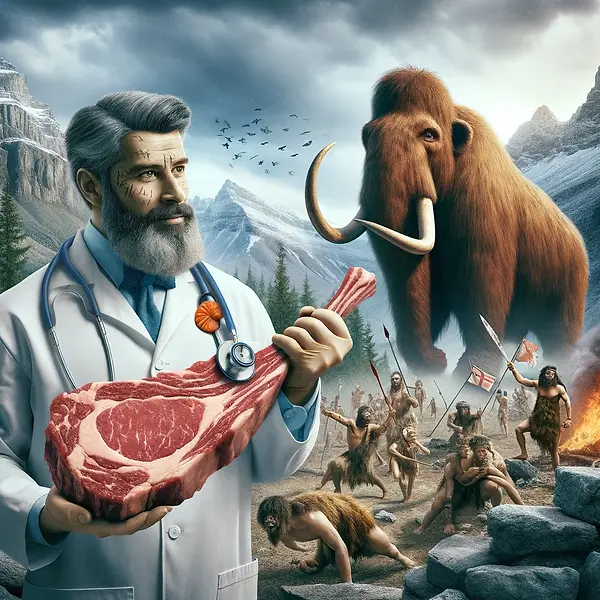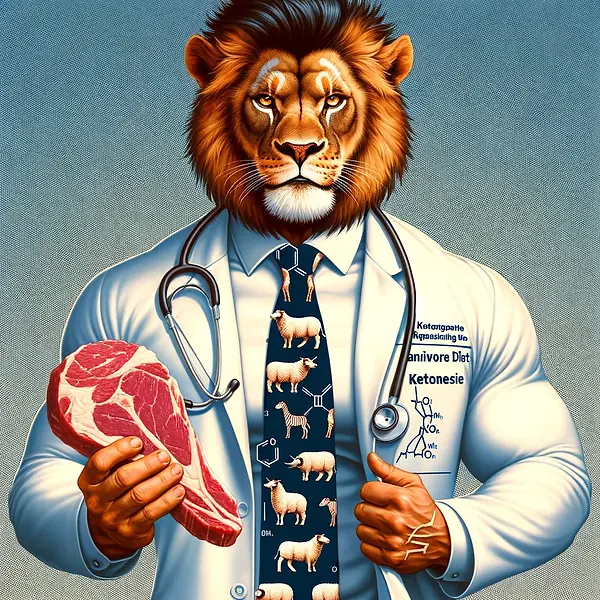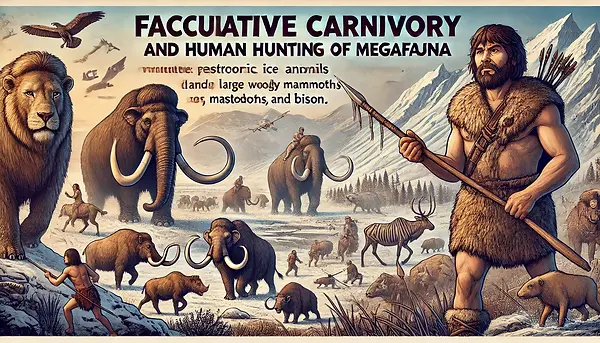
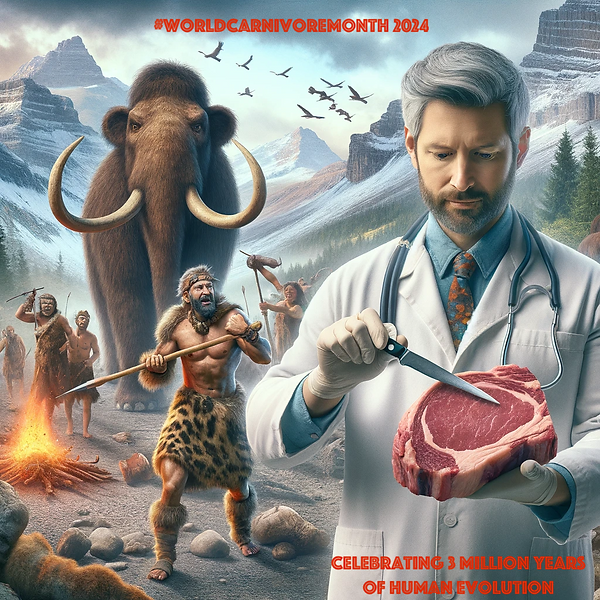
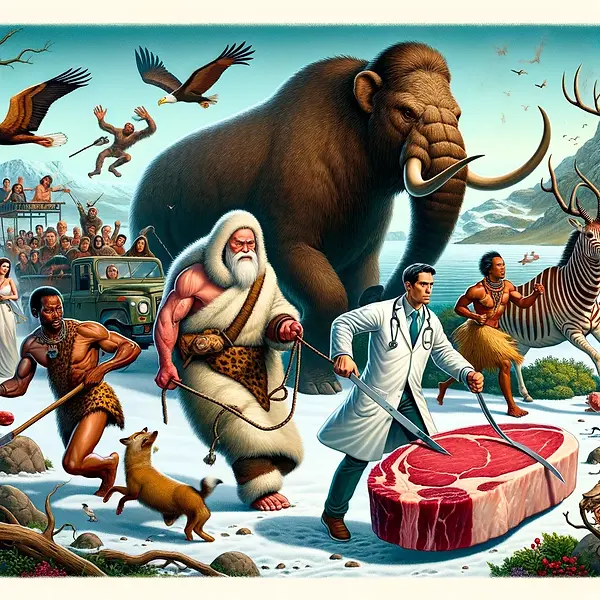
Title:
Smaller molars and less time spent feeding despite body size show that meat eating was causal in our evolution.
Abstract:
Phylogenetic rate shifts in feeding time during the evolution of Homo
Details
Starting with Homo erectus, humans developed smaller molars and also began to spend a lot less time on feeding than would be predicted from body mass and phylogeny with other apes (only 5% instead of a predicted 48% of daily activity in Homo sapiens) [Organ et al. 2011].
Phylogenetic rate shifts in feeding time during the evolution of Homo
Chris Organ, Charles L. Nunn, Zarin Machanda, and Richard W. Wrangham
Abstract
Unique among animals, humans eat a diet rich in cooked and nonthermally processed food. The ancestors of modern humans who invented food processing (including cooking) gained critical advantages in survival and fitness through increased caloric intake. However, the time and manner in which food processing became biologically significant are uncertain. Here, we assess the inferred evolutionary consequences of food processing in the human lineage by applying a Bayesian phylogenetic outlier test to a comparative dataset of feeding time in humans and nonhuman primates. We find that modern humans spend an order of magnitude less time feeding than predicted by phylogeny and body mass (4.7% vs. predicted 48% of daily activity). This result suggests that a substantial evolutionary rate change in feeding time occurred along the human branch after the human–chimpanzee split. Along this same branch, Homo erectus shows a marked reduction in molar size that is followed by a gradual, although erratic, decline in H. sapiens. We show that reduction in molar size in early Homo (H. habilis and H. rudolfensis) is explicable by phylogeny and body size alone. By contrast, the change in molar size to H. erectus, H. neanderthalensis, and H. sapiens cannot be explained by the rate of craniodental and body size evolution. Together, our results indicate that the behaviorally driven adaptations of food processing (reduced feeding time and molar size) originated after the evolution of Homo but before or concurrent with the evolution of H. erectus, which was around 1.9 Mya.
Hypothesis:

